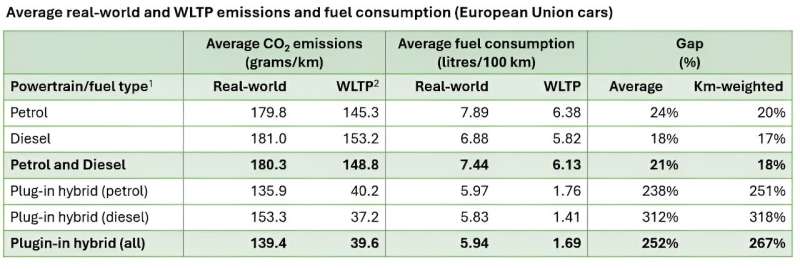
Just last year, data suggested that plug-in hybrid cars were on the way out in Australia. But they're back. New data shows plug-in hybrids and conventional hybrids combined have overtaken battery electric vehicle sales in the first quarter of 2024. The trend continued during April and May.
In the first quarter last year, hybrids accounted for 6.8% of all car sales. In the same period this year, their share has almost doubled to 13%. Similar trends have been reported in international markets.
This is concerning. Although hybrids are cleaner than traditional petrol and diesel cars, they still burn fossil fuels and produce more emissions than their manufacturers claim. They're no match for zero-emissions battery electric vehicles.
So why do consumers want hybrids? Let's find out.
What makes a hybrid?
Two types of hybrid vehicles are proving to be popular with consumers.
-
Conventional hybrids: These combine an internal combustion engine with an electric motor and battery. They use regenerative braking to convert energy created from braking into electrical power to recharge the battery. You cannot plug them in—the only way to get energy into the car is by filling them up with petrol or diesel. The advantage is that they drive further on a tank of petrol or diesel than a traditional car.
-
Plug-in hybrids: These vehicles also combine an internal combustion engine with a larger electric engine and a battery. The difference is you can charge their batteries directly using a power outlet. Plug-ins also use regenerative braking to recharge the battery. They can drive on battery power alone but the fuel engine kicks in when the battery level drops or if more power is required.
Both types of hybrid are cleaner than traditional internal combustion counterparts. But they are not as clean as battery electric. They have been found to run more often on their petrol or diesel engines than their electric motors and produce substantial emissions.
By contrast, battery electric vehicles run only on an electric motor and batteries. They produce zero emissions while driving, and can—if charged off your solar array or green power—be extremely low-emissions to charge. You never need to fill up at a petrol station. You can often charge them at home, or at public chargers.
Why are hybrids so popular right now?
It's not by chance. Hybrids are being heavily promoted by carmakers as a transitional step to cut emissions from transport. Notably, Toyota, the world's largest carmaker, is skeptical of battery electric vehicles and is instead focusing on hybrids until, it says, public chargers are widespread and electric cars are cheaper.
This article is republished from The Conversation under a Creative Commons license. Read the original article.![]()
Citation: Hybrid cars are having a moment, even though they're dirtier than people think. What's behind their popularity? (2024, June 20) retrieved 20 June 2024 from https://techxplore.com/news/2024-06-hybrid-cars-moment-theyre-dirtier.html
This document is subject to copyright. Apart from any fair dealing for the purpose of private study or research, no part may be reproduced without the written permission. The content is provided for information purposes only.
